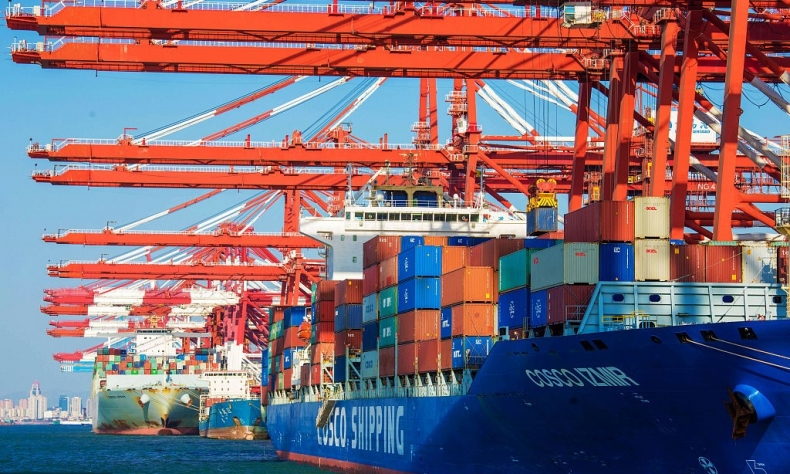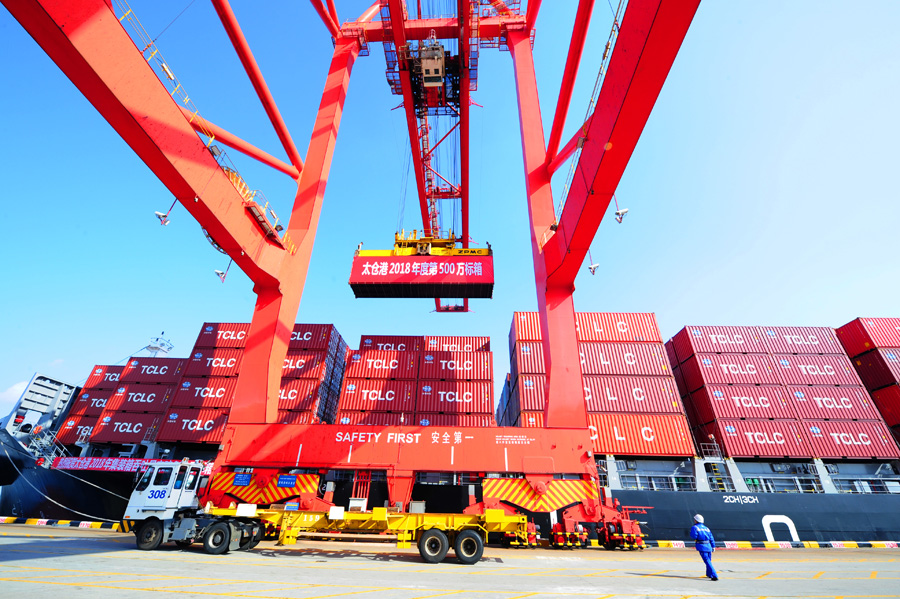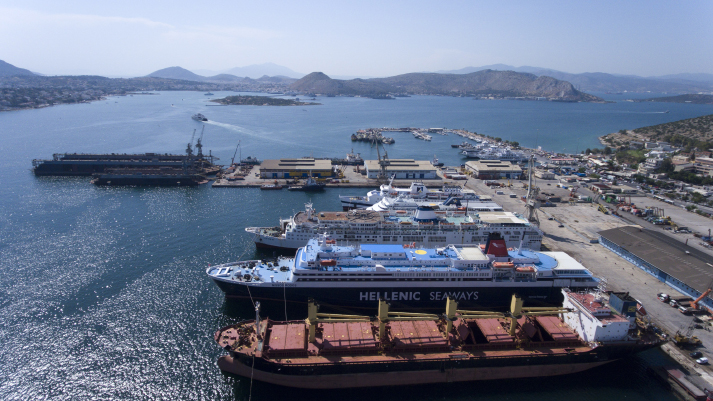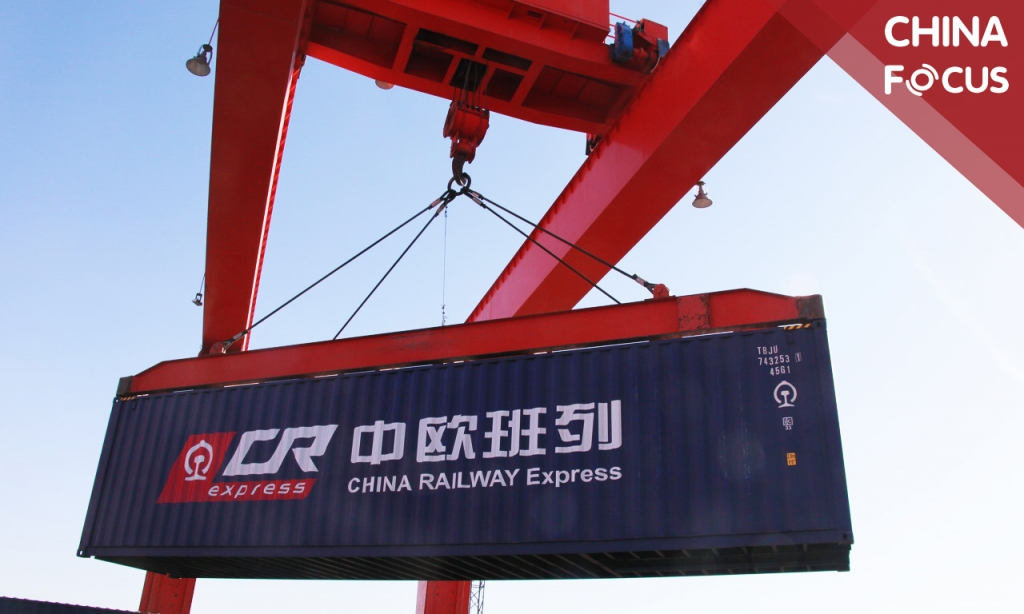
Lessons From Belt and Road
The Asian Infrastructure Investment Bank (AIIB) has been one vehicle by which China has tried in the past few years to undertake this transformation from pupil to teacher.
 Since 1978, the People’s Republic of China broadly embarked on an era—which came to be known as reform and opening up—where it observed and tried to learn from the world around it. Many different ideas were imported into the country throughout this process. Chinese politicians, academics, business people and others spread across the world engaging in what could be called a “great learning” period, bringing back legal ideas from Japan and Germany and technological processes from the U.S. and Europe.
Since 1978, the People’s Republic of China broadly embarked on an era—which came to be known as reform and opening up—where it observed and tried to learn from the world around it. Many different ideas were imported into the country throughout this process. Chinese politicians, academics, business people and others spread across the world engaging in what could be called a “great learning” period, bringing back legal ideas from Japan and Germany and technological processes from the U.S. and Europe.
Proven results
This has led to two outcomes. First, the most obvious and celebrated is the economic growth that the importation of new ideas and processes brought to China. With a per-capita GDP of only a few hundred dollars in the late 1970s, today Chinese people enjoy a per-capita GDP of around $10,000, putting their country in the middle income bracket worldwide.
This period lifted many hundreds of millions of people out of poverty, leading to an economy that is now a major source of growth for the rest of the world.
However, because of the unique features of its society, culture and economic composition, China also transformed the ideas it took in. It created a new kind of development model, which has been much commented on and studied by the rest of the world. While there are a number of different interpretations of the China model, the fact that China has learned many things from its developmental path over the last four decades and is now in a position to share them with the rest of the world, is indisputable. It is safe to say that we are living in an era in which this process is taking place. China the learner is now increasingly in a position to be China the teacher.
The Asian Infrastructure Investment Bank (AIIB) has been one vehicle by which China has tried in the past few years to undertake this transformation from pupil to teacher. As a country that has successfully built perhaps more logistic infrastructure than any other in the history of humanity, China certainly has the ability now to convey lessons on this to others. So for all the criticism of the AIIB when it was first launched by the Chinese Government in 2014, its principle of sharing China’s unique understanding and practice of development, and offering it to others to use, is irrefutable.
Sharing the wealth
The Belt and Road Initiative is the second, larger iteration of China’s decades-long process. Its focus on the connectivity of logistics, information technology, people-to-people links and finance has been offered as a broad framework by which others in the region and further afield can engage in a “great learning” similar to that which China embarked on in the late 1970s.
Of course, this is simply one interpretation of the initiative. Others have seen it in much cruder geopolitical terms. But the openness and ambition of the Belt and Road concept meant that it was never going to be easily pushed into one single interpretative framework. It needs to be considered from a number of different angles. Even the Chinese Government has clearly shown space for flexibility and sometimes a change of tactics or focus in what the initiative is intended to do and how it does it. In that sense, widespread consultations have been ongoing since the idea was first proposed by Chinese President Xi Jinping in 2013, which will continue. The Belt and Road Initiative was never meant to be a process of prescription and enforcement, despite criticisms from some. It has been more about setting out a broad parameter which can then be used to try to convey to others some of the things that China has learnt about development.
The initiative, as a pedagogical model, reduces some of the anxiety about what is assumed to be the ambition and intention at its heart. It is not about enforcing one set notion of a China model. That at least is now clear. There are, instead, China models, and a set of ideas that can be drawn from China’s developmental experience to other diverse environments. This is the most positive approach to the Belt and Road Initiative. It reverses some of the earlier asymmetry of the past few decades, where China was always in the position of learning, while what is broadly called the West (Europe, the U.S., Australia and some Asian developed economies) always seemed to be teaching. Now at least we have all become teachers and students. However, seeing China as a teaching power has proven challenging to some, although it is hard to see why this should be contested.
New horizons

Europe should be interested in the ways in which China builds infrastructure and in some of its increasingly innovative technology, which, after all, underpins the digital Belt and Road. But there are also important opportunities to work together on creating new things, such as sustainable financial and ecological models for some of the projects the initiative aspires to embrace.
The issue at the moment is the need for better quality dialogue on how best to identify these areas of mutual complementarity. The mindset of simply seeing the Belt and Road Initiative as too large, ambitious and risky, spearheaded by ideas which are too unique to China, will lead to missing a huge opportunity to gain better knowledge of where and how China’s developmental model may be useful to the rest of the world. Nor should there be too much discounting of the inevitable mistakes Chinese partners may make in associated projects. After all, learning from experience was a major part of the post-1978 mentality within China, and mistakes were a part of it. The main principle was how to learn from mistakes and adapt to them.
In the era of the Belt and Road Initiative, all of us, not just China and the Chinese, are in an era of “great learning.” For all the concern and worry about what’s currently happening, seeing these events and processes through this prism is a positive thing, showing how some of the misunderstandings, misperceptions and misalignments occurring at the moment are part of this learning process, and can eventually end up with positive outcomes. To block the initiative on the grounds of ideology and restrict its interpretation to the purely political would mean that this pedagogical model, which could prove so useful and impactful to everyone, would be completely bypassed. Many in the West have been urging to learn from Asia more, particularly from China, thus the Belt and Road Initiative presents one way of achieving this.
As for the strategic opportunity being offered to Europe at the moment, these countries do have at least some ability to look at the initiative in a different light and in a more pragmatic way than the U.S., not least because in some ways the Belt and Road geographically reaches into European space. That means that the initiative it sees is different from the one the U.S. is dealing with. Europe can also be more adventurous in adapting its mindset, leaving behind the desire to teach and show China how to do things, and recognizing its needs to be more reciprocal and balanced in the dialogue about knowledge. That is probably the most important thing about the Belt and Road Initiative, but also the hardest thing to grasp. Seeing China as a teacher is probably alien to too many in Europe. But looking at China’s developmental pathway and ideas could be liberating by just showing new alternatives and options. The question is whether people are willing to be open-minded about this. After all, as the late sinologist Pierre Ryckmans said, “Openness to another culture means being changed by it.” And with the Belt and Road Initiative, Europeans and others have the chance to practice this quality.
The author is the Director of the Lau China Institute at King’s College, London
 Facebook
Facebook
 Twitter
Twitter
 Linkedin
Linkedin
 Google +
Google +









